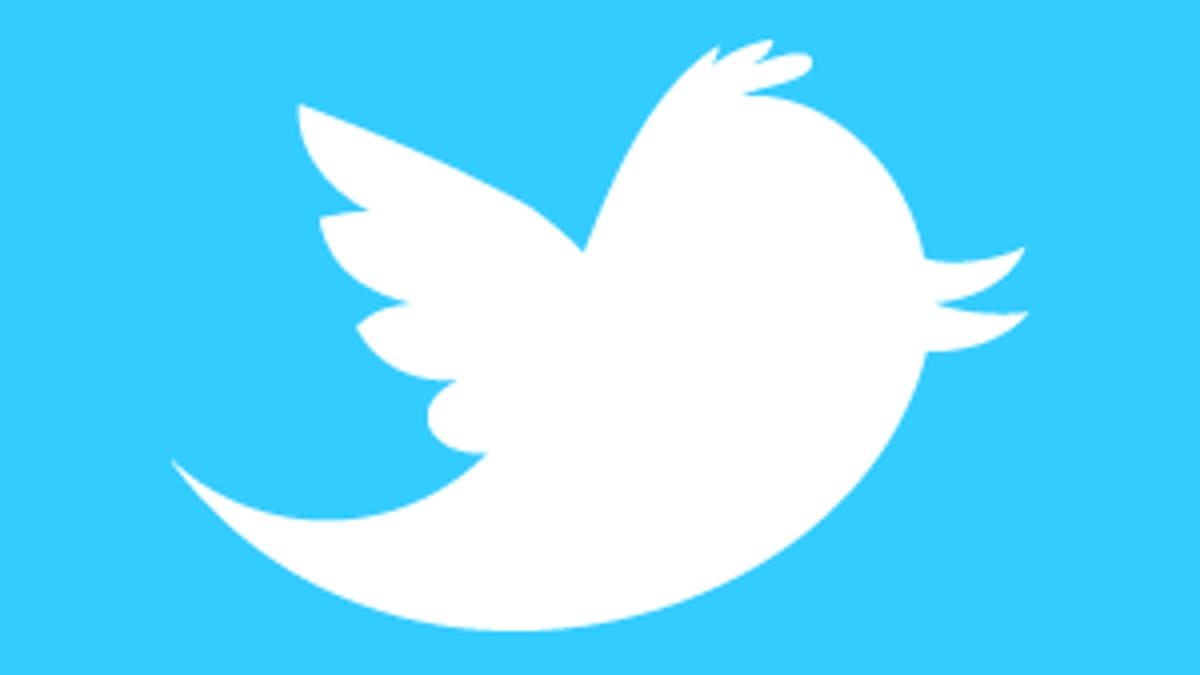Twitter predicts users' gender for targeted advertising
Are women about to get more promoted tweets for cosmetics, while men get power tools?

Twitter is trying to suss out which of its users are male and which are female. And so far, it's gotten its prediction science down to a 90 percent accuracy rate.
But, let me back up. Why in the world would the social network want to figure out the gender of its individual users?
Why for advertising, of course.
According to Twitter, the fairer sex might like to see a promoted tweet featuring cosmetics, while men would most likely ignore such advertising. All of this apparently matters when trying to generate ad revenue and monetize the site.
Unlike some other social networks, Twitter doesn't have a gender checkbox. So, there's no real way to breakdown users by sex. But, lucky enough, there are "contextual signals," Twitter's revenue product manager April Underwood said in a blog post today.
"Similar to our approach to interest targeting, we're able to understand gender by taking public signals users offer on Twitter, such as user profile names or the accounts she or he follows," Underwood wrote. "We have strong confidence in this approach. A panel of human testers has found our predictions are more than 90 percent accurate for our global audience. And where we can't predict gender reliably, we don't -- and those users won't be targetable through this feature."
So, now that Twitter can more-or-less ascertain who is female and who is male, it can help advertisers target those audiences.
Besides rolling out gender targeting to all marketers, the social network has also upped its advertising chops with "interest targeting," "location targeting," and a massive expansion to mobile.

